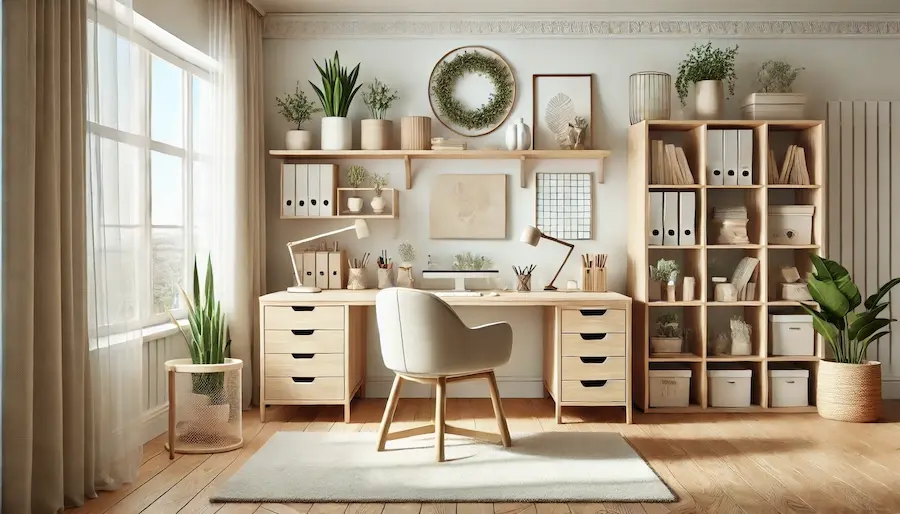Designing a Scandinavian office room involves creating a workspace that embodies simplicity, functionality, and natural beauty. This design style emphasizes clean lines, muted colors, and organic materials to foster a serene and productive environment.
History and Origins of Scandinavian Design
Scandinavian design emerged in the early 20th century, drawing inspiration from the landscapes and climates of Northern Europe. It gained international prominence in the 1950s, characterized by minimalism, functionality, and a connection to nature. The design philosophy prioritizes practicality and accessibility, making it a timeless choice for various interiors, including office spaces.
Key Features of a Scandinavian Office Room
- Neutral Color Palette: Utilizing whites, grays, and earthy tones to create a calm and cohesive environment.
- Natural Materials: Incorporating wood, leather, and natural fibers to add warmth and texture.
- Functional Furniture: Selecting pieces with clean lines that serve practical purposes without unnecessary ornamentation.
- Abundant Natural Light: Maximizing daylight through large windows and minimal window treatments to enhance openness.
- Greenery: Adding indoor plants to bring life and a touch of nature into the workspace.
Applications of Scandinavian Design in Office Spaces
Implementing Scandinavian design in office environments can lead to increased productivity and employee well-being. The uncluttered and organized aesthetic reduces distractions, while the use of natural materials and light creates a welcoming atmosphere. This design approach also aligns with sustainable practices, often incorporating eco-friendly materials and energy-efficient solutions.
Considerations When Designing a Scandinavian Office Room
- Space Planning: Arranging furniture to facilitate movement and workflow, ensuring the space feels open and uncluttered.
- Quality Over Quantity: Investing in well-crafted, durable furniture that offers both functionality and aesthetic appeal.
- Personalization: Incorporating personal touches, such as artwork or decor, to make the space inviting without compromising the minimalist aesthetic.
- Lighting: Utilizing a combination of natural and artificial lighting to maintain a bright and airy environment, especially during darker months.
Conclusion
A Scandinavian office room combines functionality with simplicity, creating an environment conducive to productivity and well-being. By focusing on essential elements and thoughtful design, such a space can inspire creativity and efficiency while providing a serene backdrop for daily tasks.
